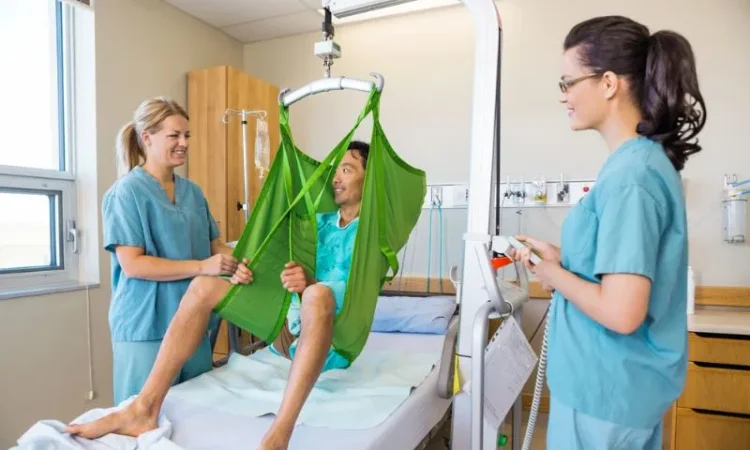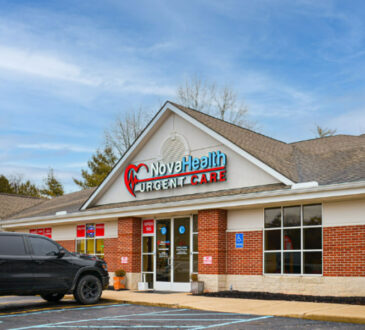
In the realm of healthcare, providing optimal care and ensuring patient safety are paramount goals for medical facilities. As the population ages and the prevalence of mobility-related issues increases, the need for effective patient transfer solutions becomes increasingly evident. Medical patient lifts have emerged as indispensable tools in healthcare settings, facilitating safe and efficient patient transfers while reducing the risk of injuries to both patients and caregivers. In this article, we explore the significance of medical patient lift installation and its profound impact on enhancing patient care.
Enhancing Patient Safety and Comfort
Medical patient lifts play a crucial role in enhancing patient safety during transfers and mobility assistance activities. These lifts are specifically designed to support individuals with limited mobility, disabilities, or injuries, allowing them to be transferred between different surfaces such as beds, wheelchairs, and bathing facilities with minimal strain or risk of falls. By providing a stable and supportive transfer mechanism, patient lifts help prevent accidents and injuries, ensuring the well-being and comfort of patients throughout the care process.
Promoting Caregiver Well-being and Efficiency
In addition to benefiting patients, medical patient lifts also significantly impact caregiver well-being and efficiency. Manual patient transfers can place immense physical strain on healthcare providers, leading to musculoskeletal injuries and fatigue over time. By automating the lifting process, patient lifts relieve caregivers of the physical burden associated with manual transfers, allowing them to focus on providing quality care and attention to patients. This not only reduces the risk of caregiver injuries but also enhances overall productivity and efficiency within healthcare facilities.
Customized Solutions for Diverse Needs
Medical patient lifts come in various types and configurations, catering to the diverse needs and preferences of healthcare facilities and patients. Ceiling-mounted lifts offer space-saving solutions and seamless maneuverability, ideal for facilities with limited floor space or specific architectural constraints. Floor-based lifts provide flexibility and portability, allowing for easy relocation and use in different care settings. Sit-to-stand lifts are tailored for patients who require assistance in transitioning from sitting to standing positions, promoting independence and mobility while ensuring safety.
Compliance with Safety Regulations and Standards
The installation of medical patient lifts is governed by stringent safety regulations and standards established by regulatory bodies such as the Occupational Safety and Health Administration (OSHA) and the American National Standards Institute (ANSI). Compliance with these regulations is essential to ensure the safe operation and performance of patient lifts, minimizing the risk of accidents or malfunctions. Professional installation by certified technicians is therefore imperative to guarantee adherence to safety guidelines and optimize the functionality of patient lift systems.
Training and Education for Effective Utilization
In addition to proper installation, comprehensive training and education are essential components of successful medical patient lift implementation. Healthcare providers must receive adequate training on the safe operation of patient lifts, including proper positioning of patients, use of safety features, and maintenance procedures. Ongoing education and refresher training sessions ensure that caregivers remain proficient in utilizing patient lift systems effectively, promoting a culture of safety and continuous improvement within healthcare facilities.
Conclusion: Elevating Patient Care Through Medical Patient Lift Installation
In conclusion, the installation of medical patient lifts represents a significant investment in enhancing patient care and safety within healthcare settings. By providing a safe and efficient means of transferring patients, these lifts improve patient comfort, promote caregiver well-being, and streamline workflow efficiency. Customized solutions tailored to diverse needs, compliance with safety regulations, and comprehensive training programs are essential elements of successful patient lift implementation. By prioritizing the installation and utilization of medical patient lifts, healthcare facilities demonstrate their commitment to delivering high-quality care and ensuring the well-being of both patients and caregivers.




